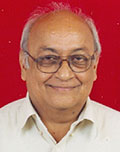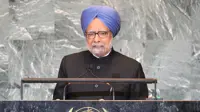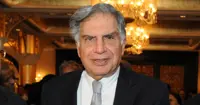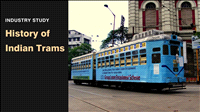The root of the matter
20 Jun 2009
 Nine months after an attempted land grab on the Amarnath pilgrimage route set Kashmir ablaze, the valley is in turmoil once again. This time the cause is personal and heart-rending.
Nine months after an attempted land grab on the Amarnath pilgrimage route set Kashmir ablaze, the valley is in turmoil once again. This time the cause is personal and heart-rending.
Two young women, 17 year -old Asiya Jan and her sister-in-law, 24 year-old Neelofer Jan, left their home at 5.00 PM on Friday May 10th, crossed a nullah (shallow ravine) and entered the orchards on the other side. That was the last time their relatives saw them alive. When they had not returned home by ten that night
Nilofer's husband, and Asiya's brother went to the police. The police organised a search party and scoured the area fruitlessly till 2.30 AM before giving up the search. Their bodies were found with the return of daylight at 6.00 AM the next morning. Asiya was found on the rocks in the stream to one side of the bridge across the nulla, but Nilofer was found almost a kilometre away.
Both had extensive bruises and injuries, and Asia had a wound on the side of her head. Asiya's clothes were torn. Nilofer, who may have attempted to run, had been stripped. In a final gesture of love and respect, her brother covered her with his shirt. Three lives were lost that night because Nilofer had been pregnant.
The police launched inquest proceedings under section 174 of the Criminal Penal Code, and took the bodies to the Shopian district hospital, where three doctors began a post mortem. Till then the procedure it had followed was correct, indeed routine.
But what followed was anything but routine and revealed to what extent two decades of virtual military rule in Kashmir has destroyed the trust of the people in their government.







.webp)














